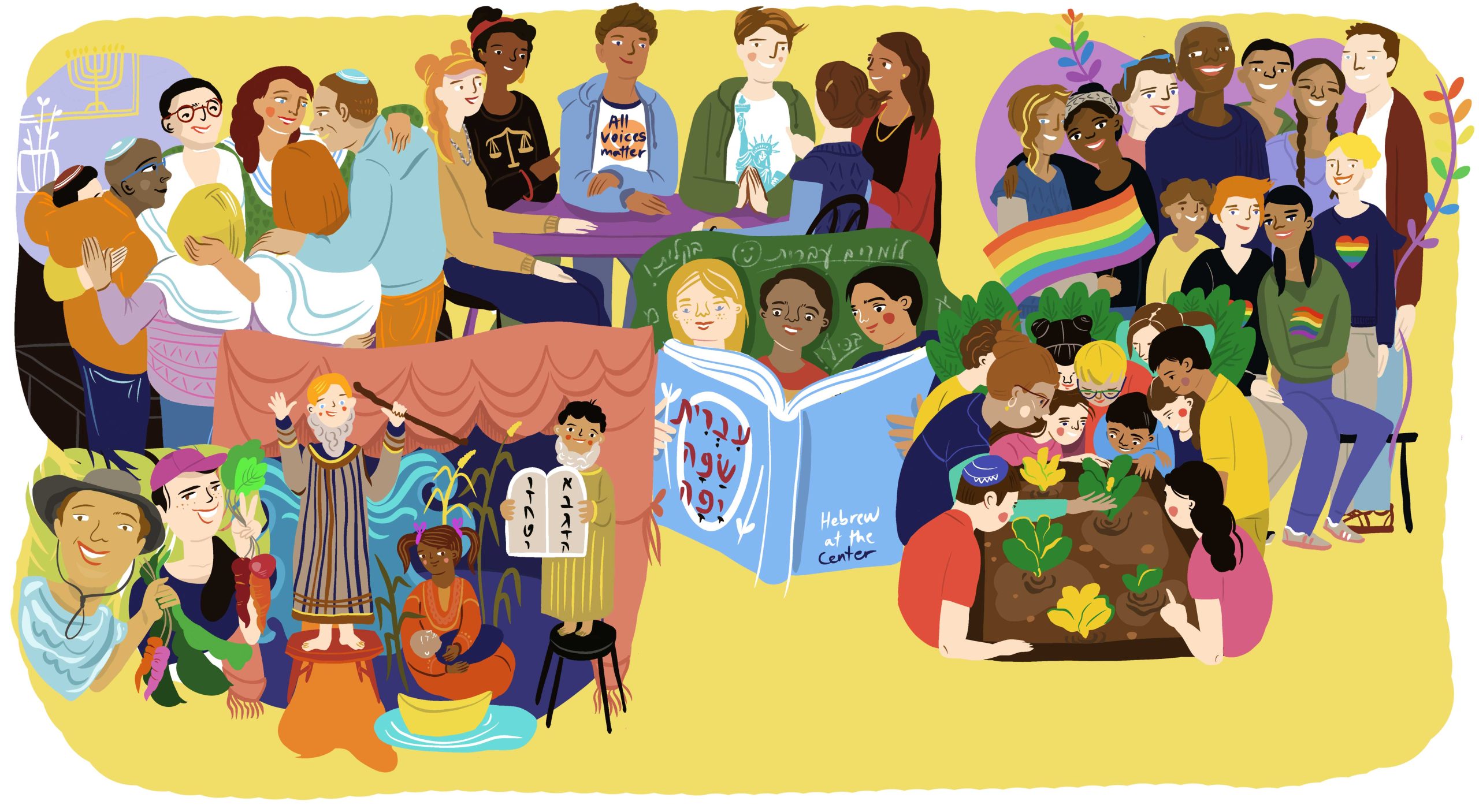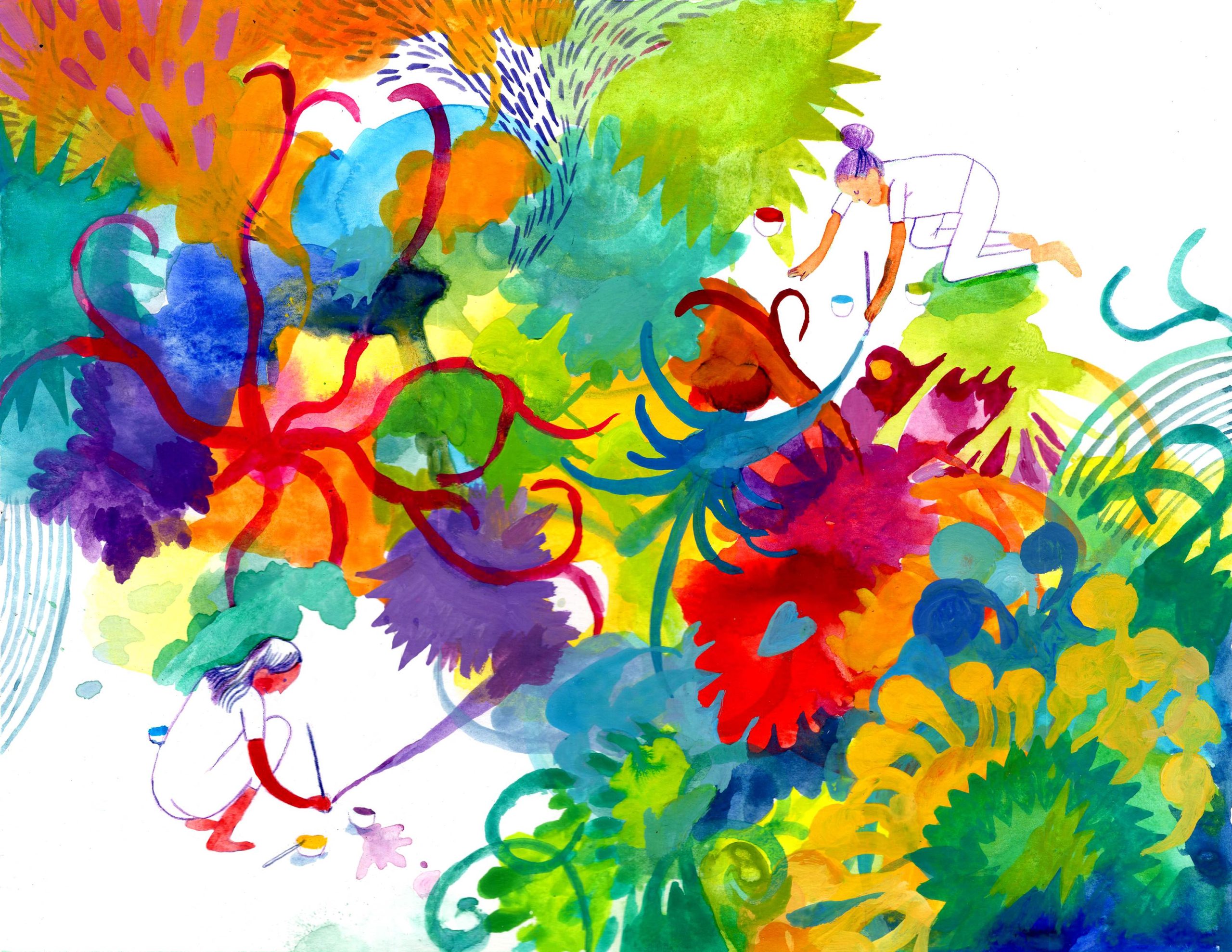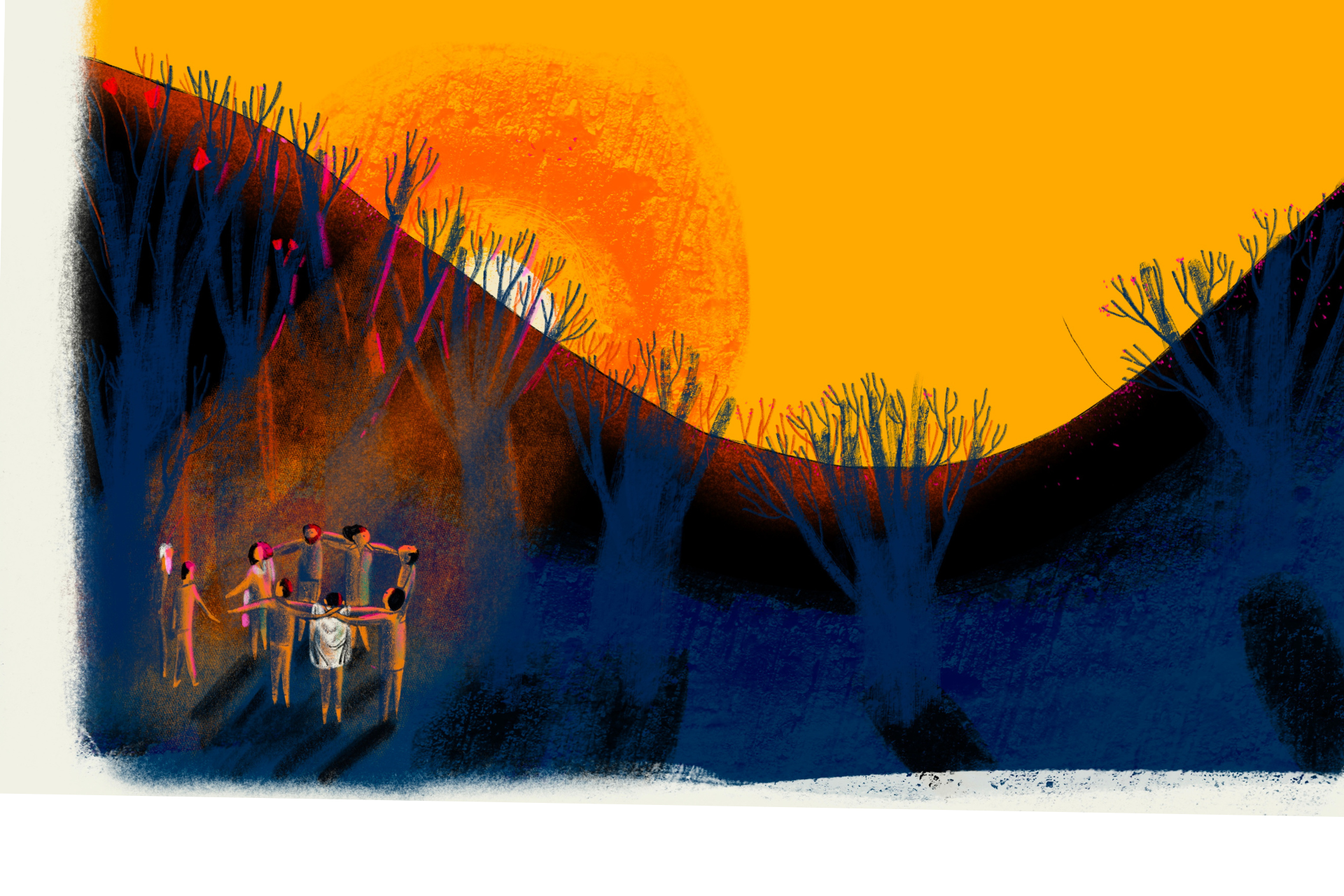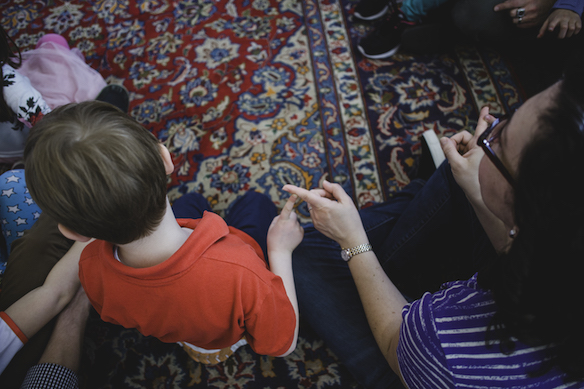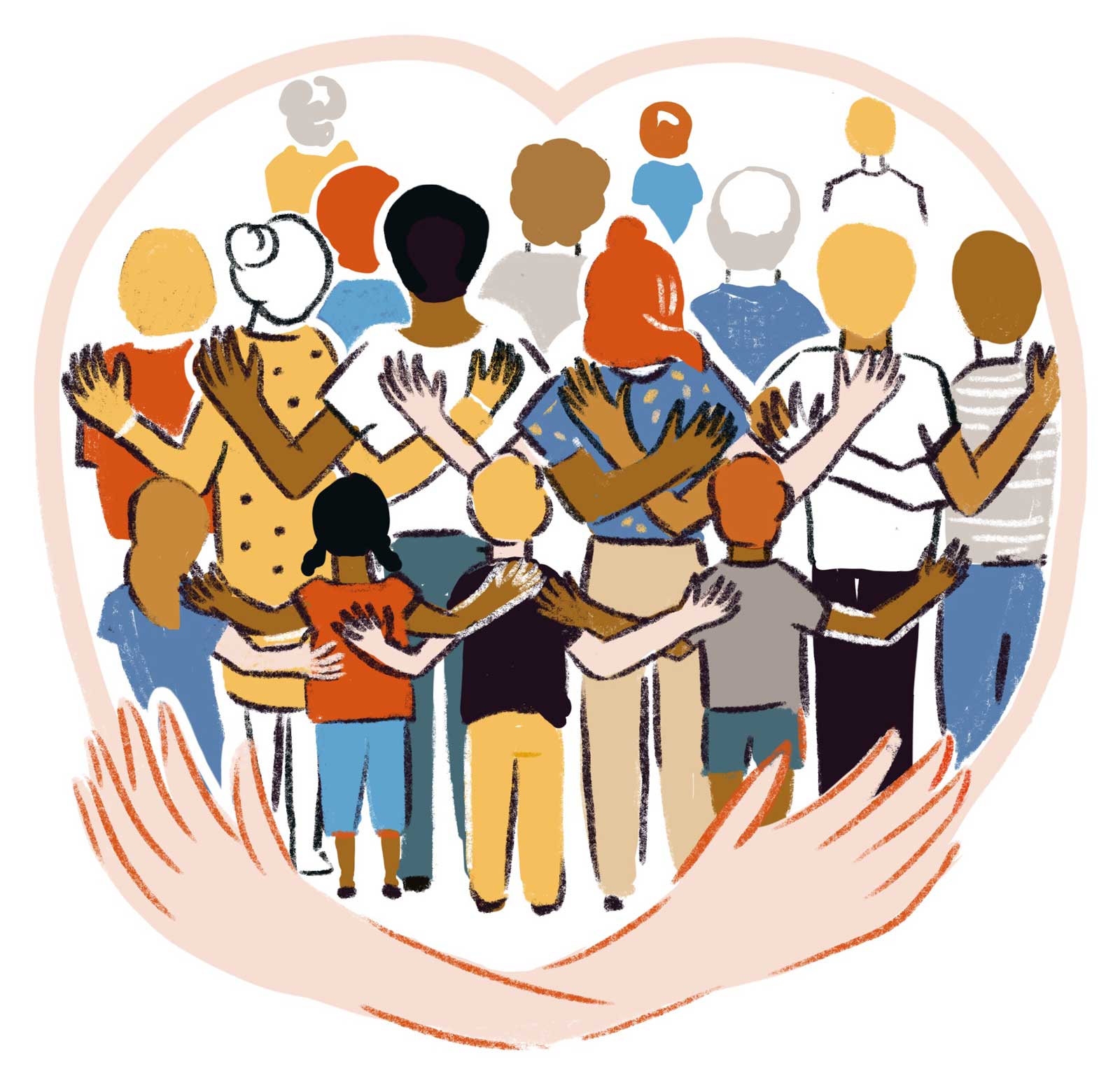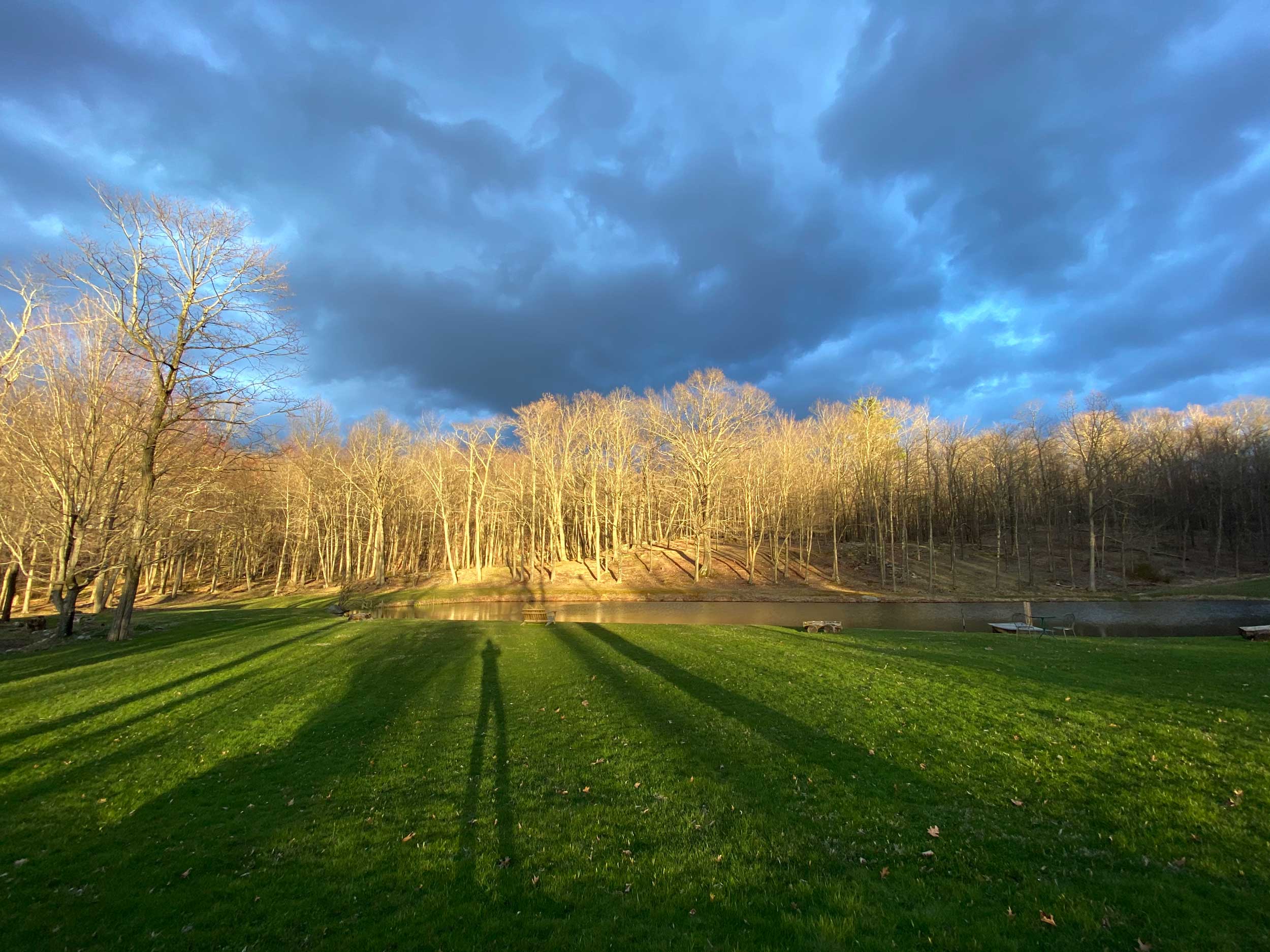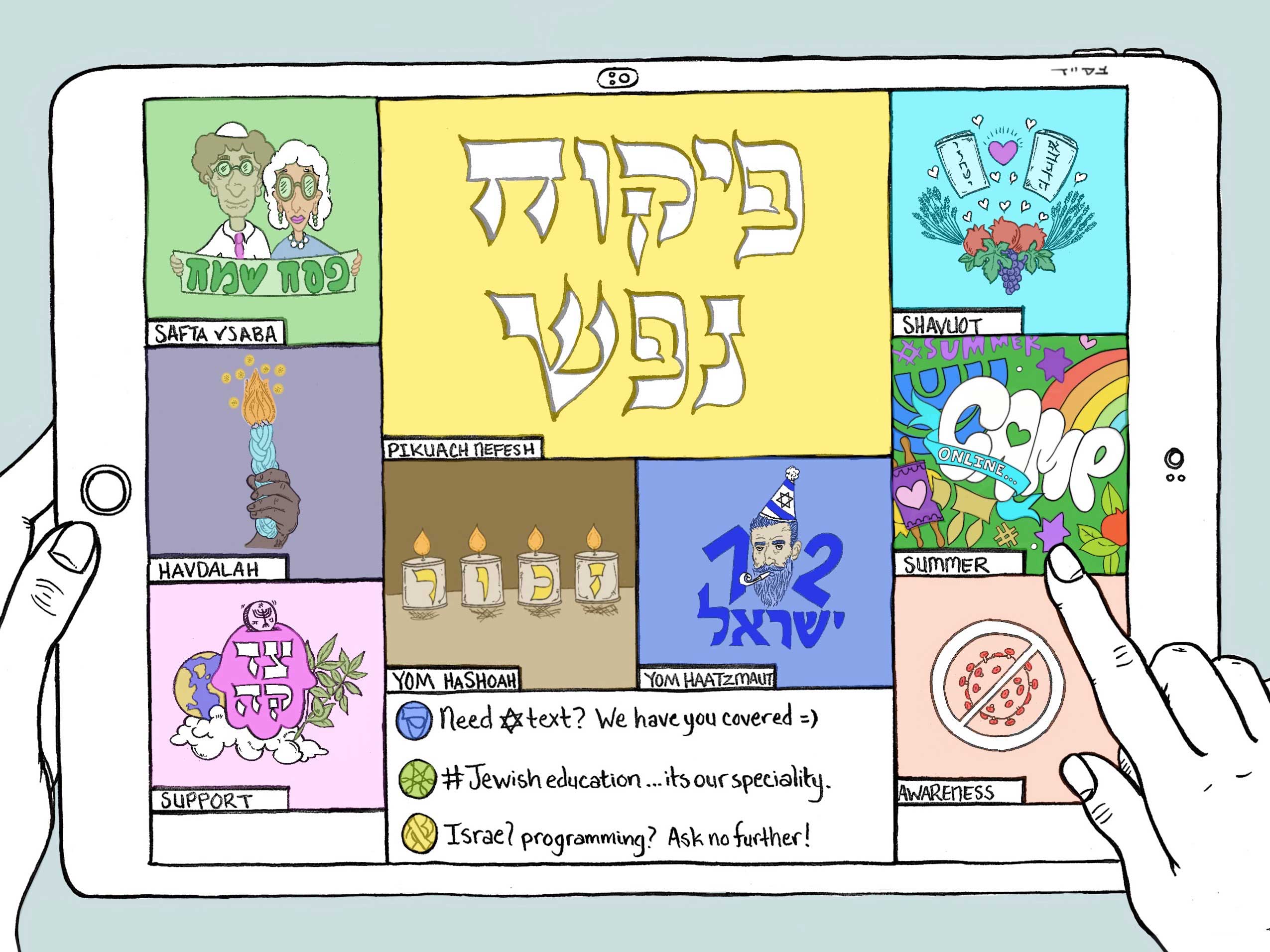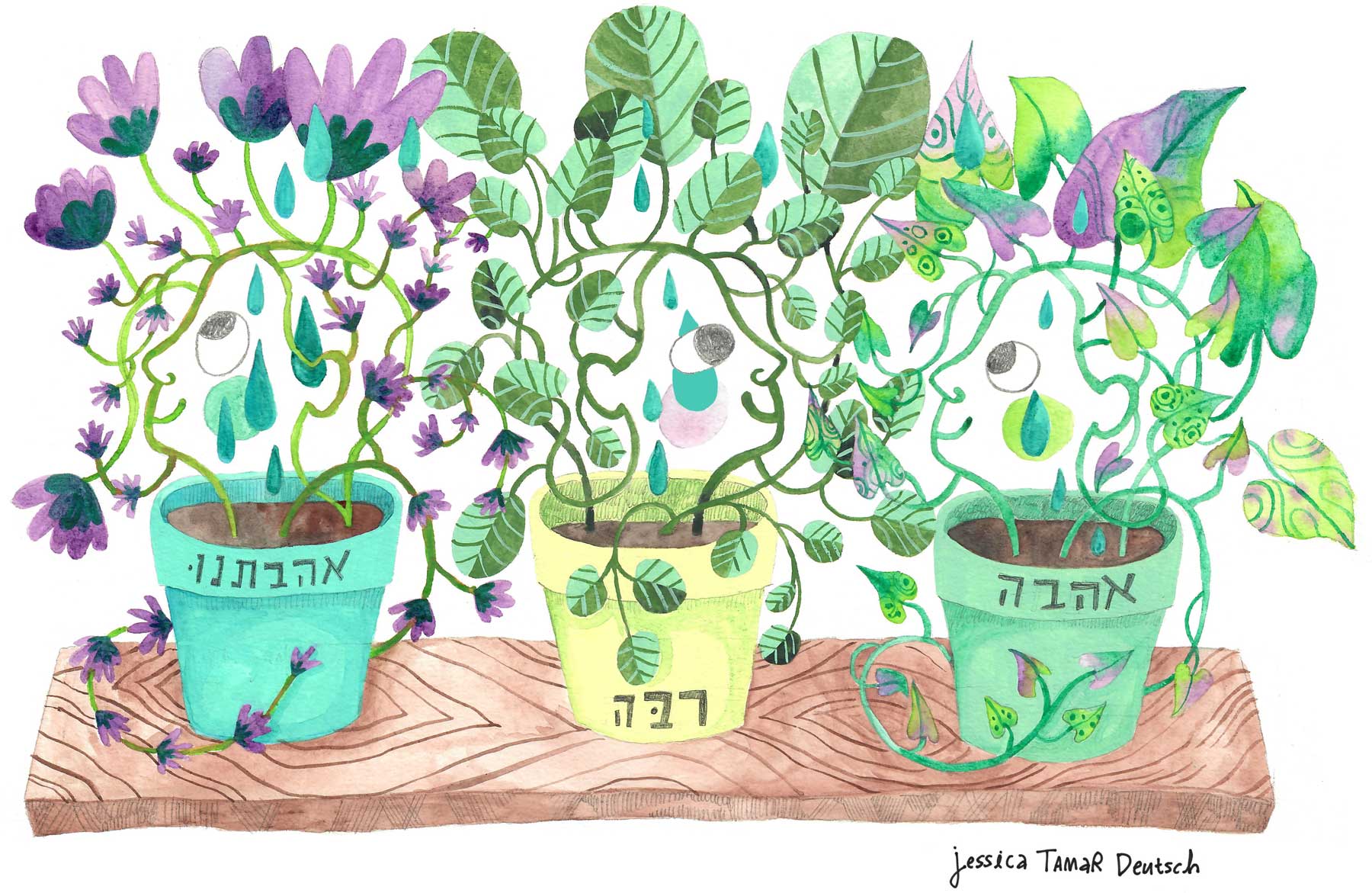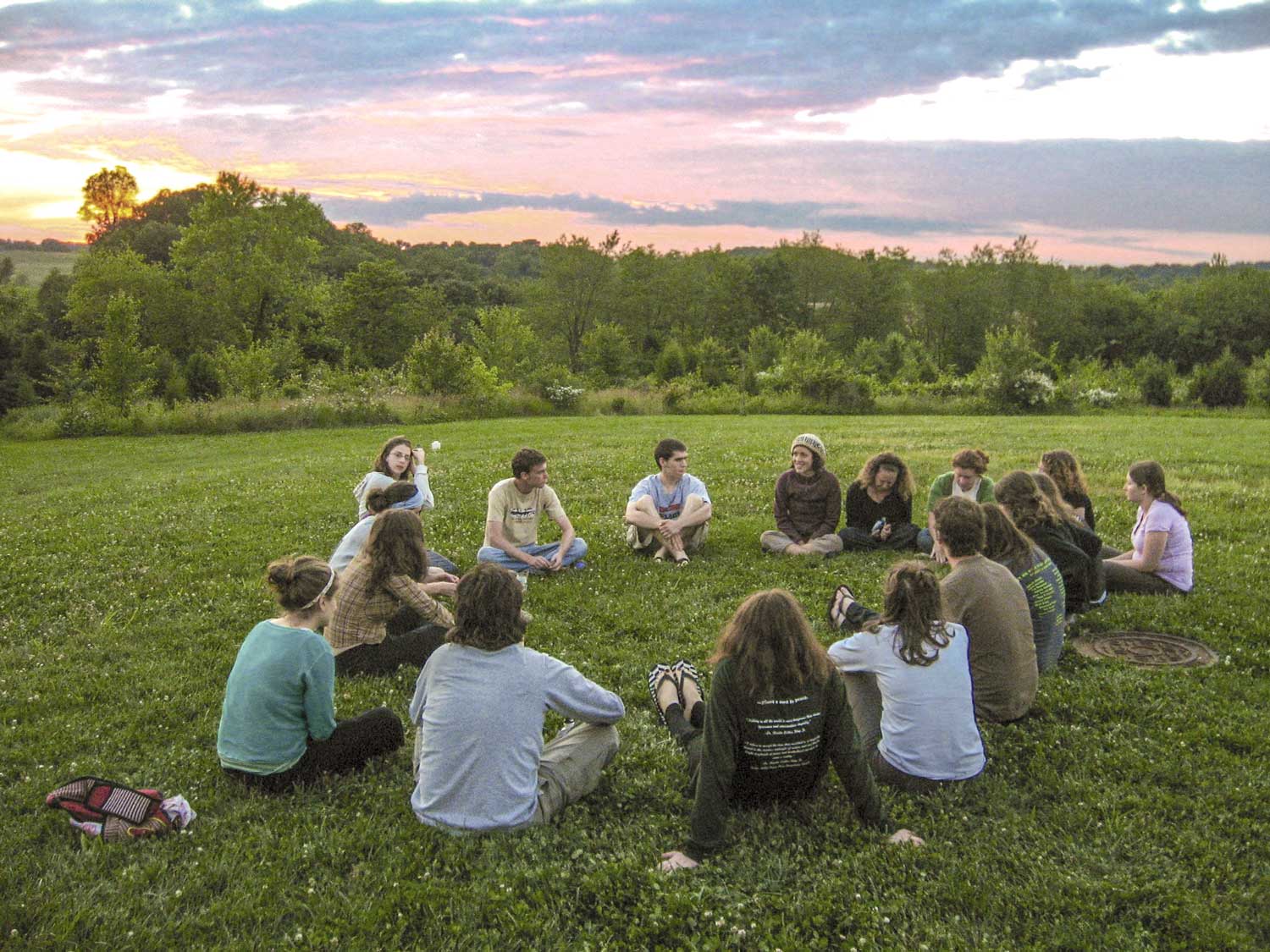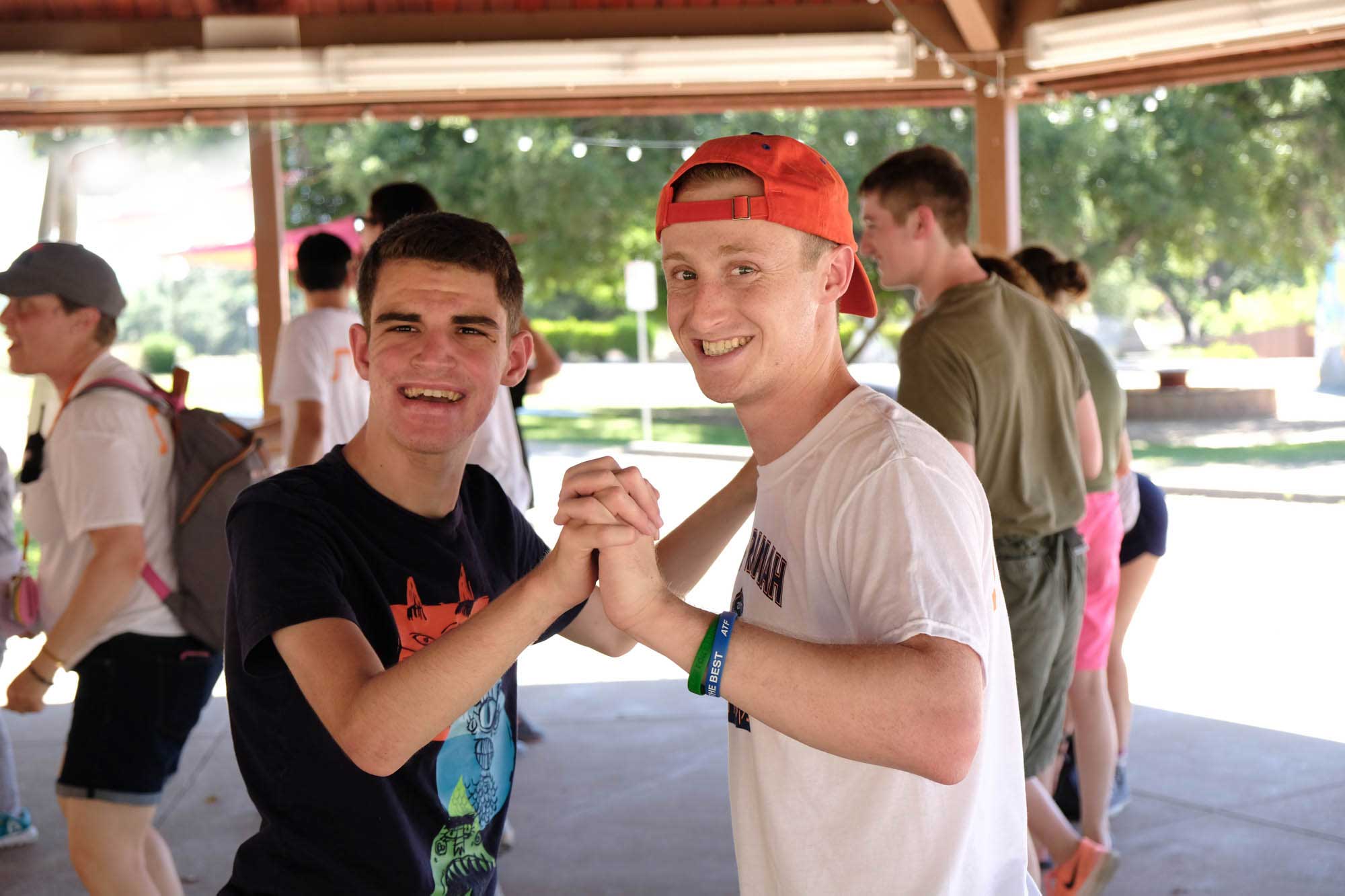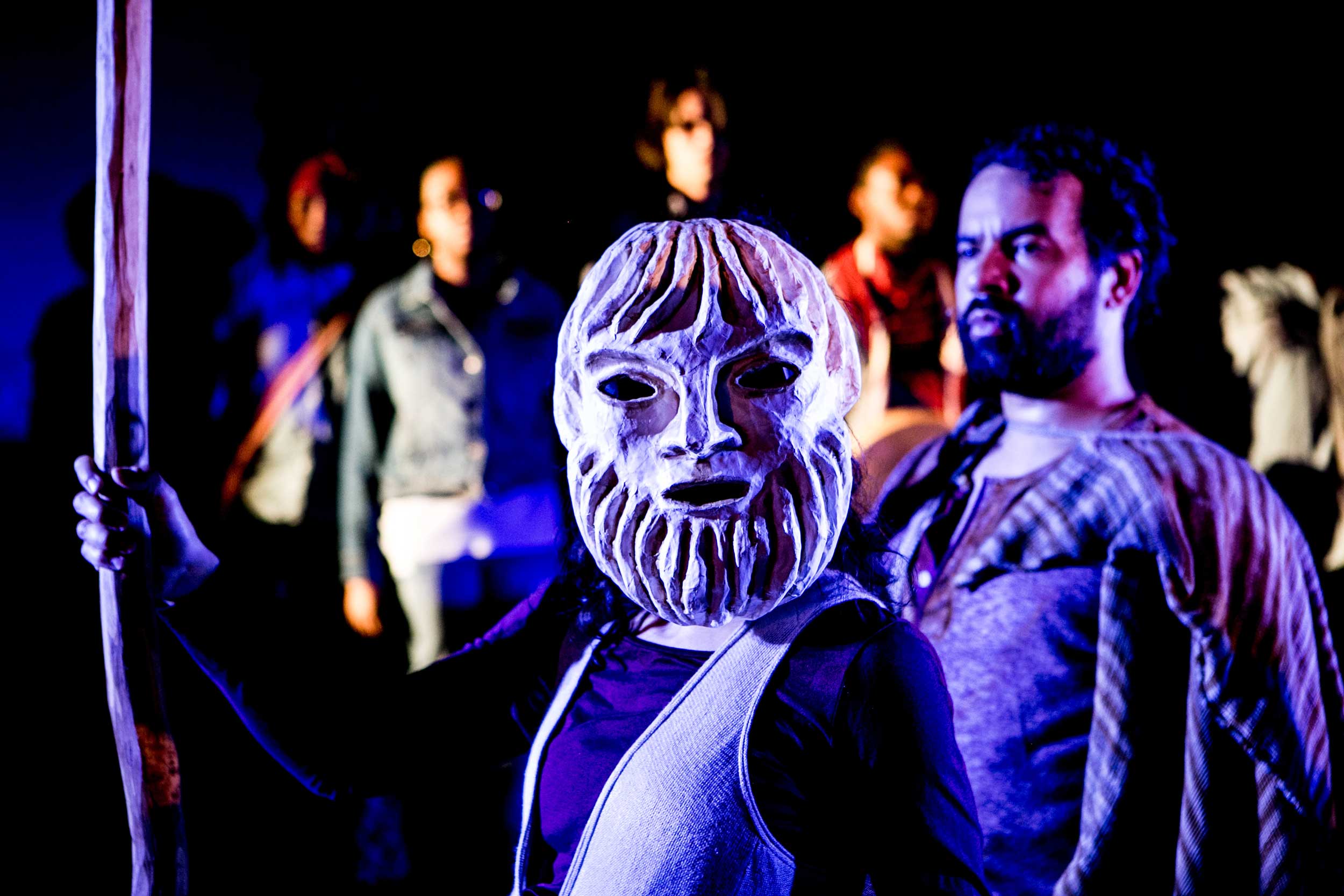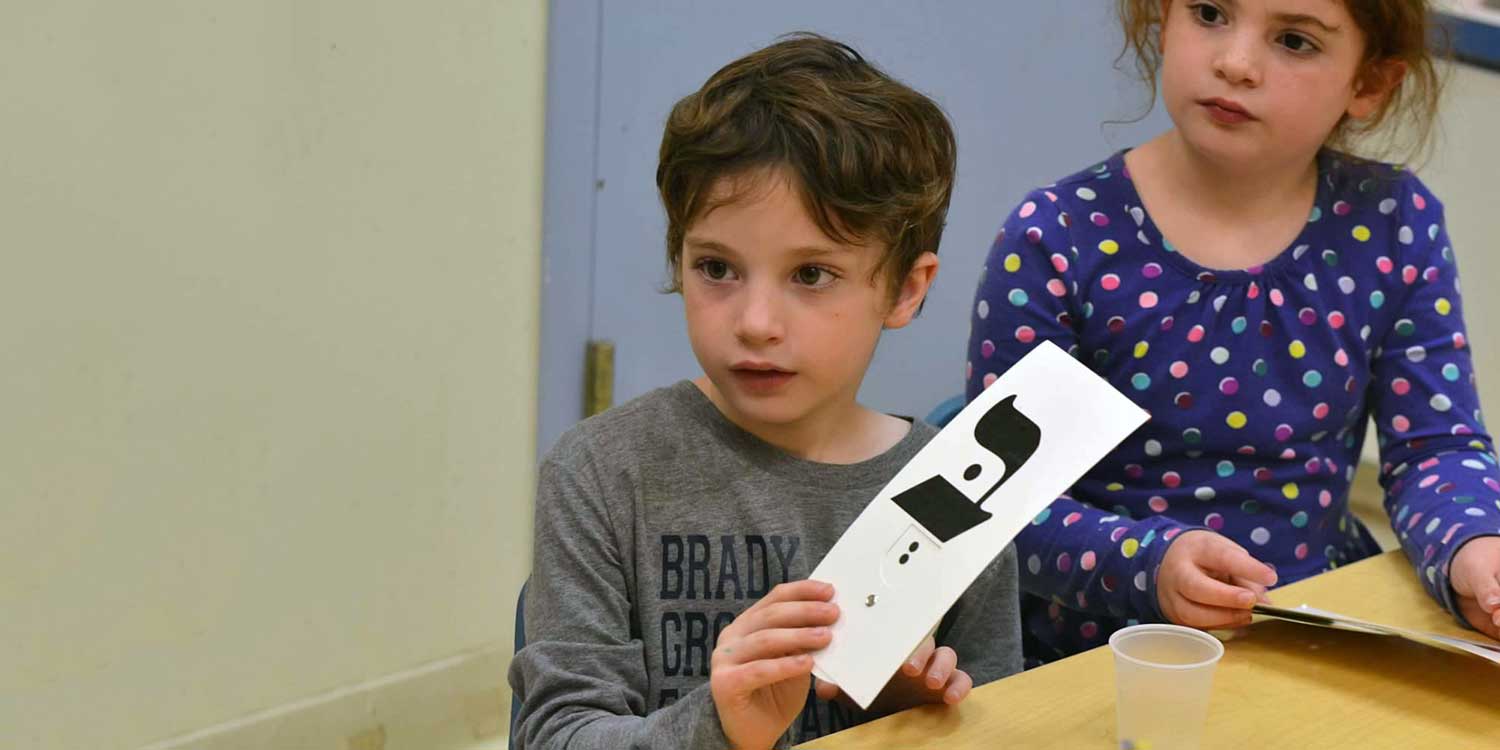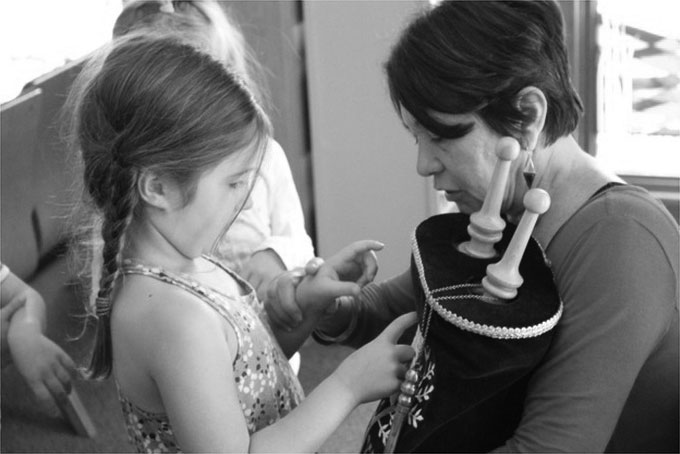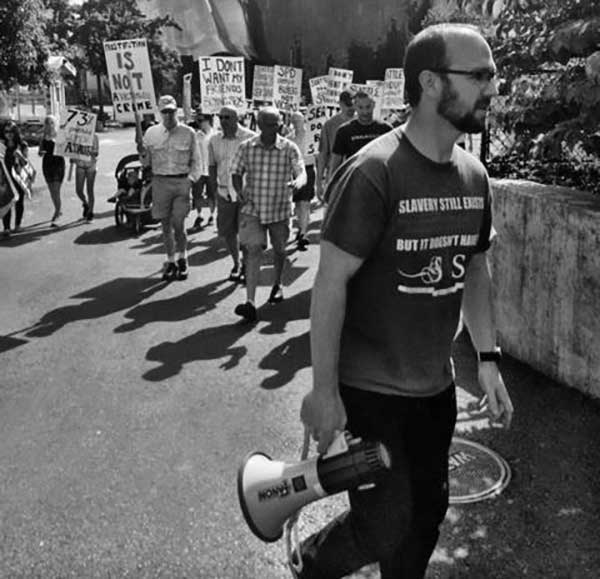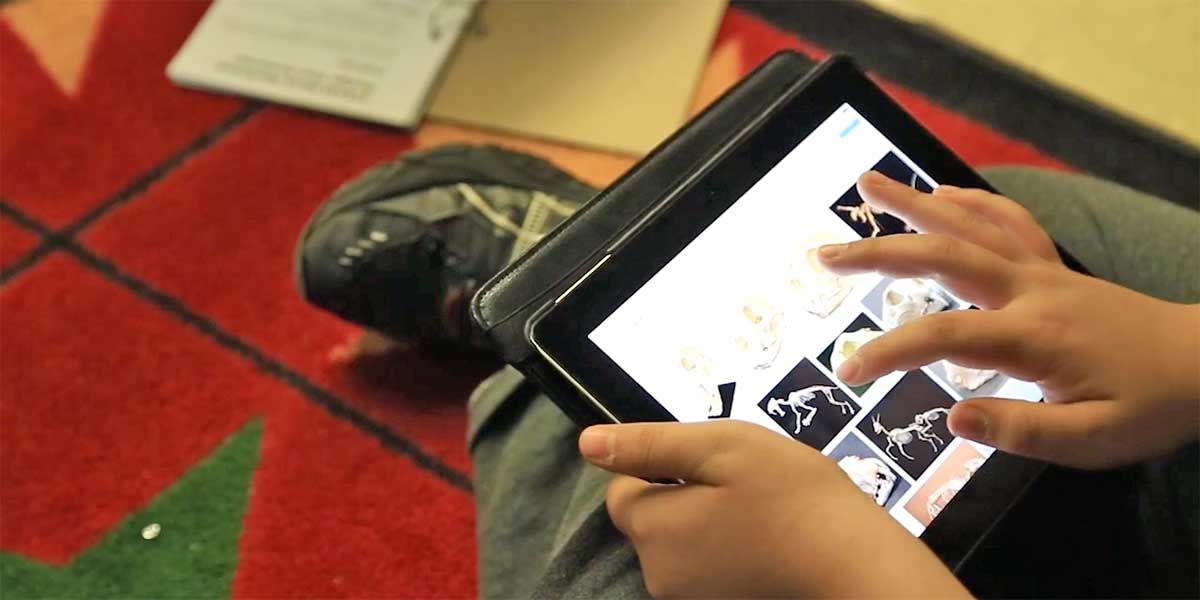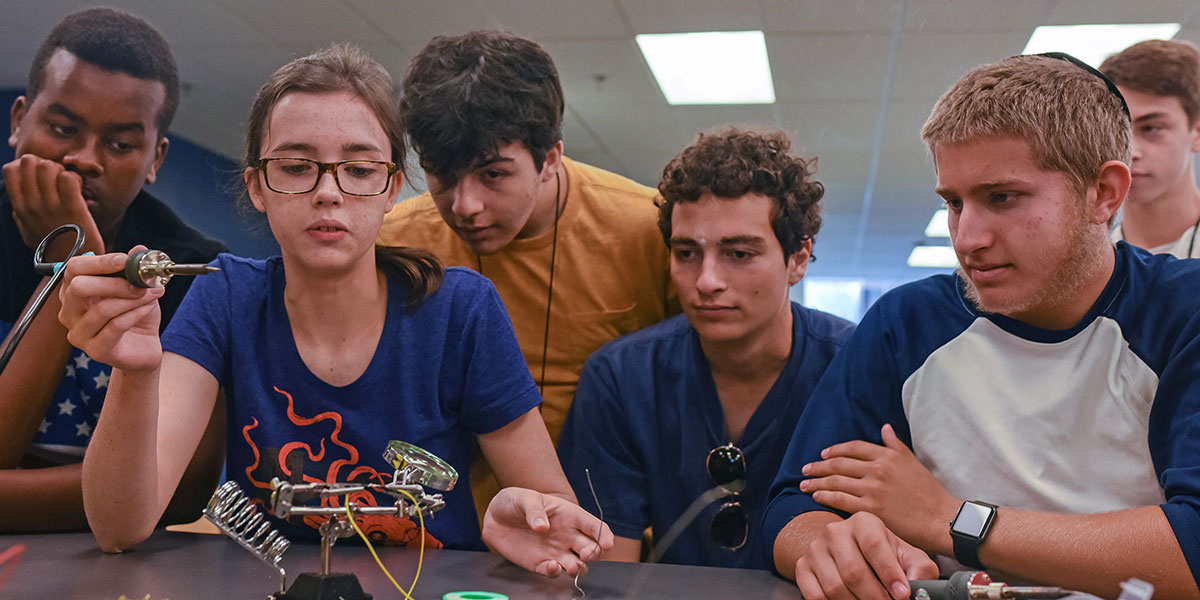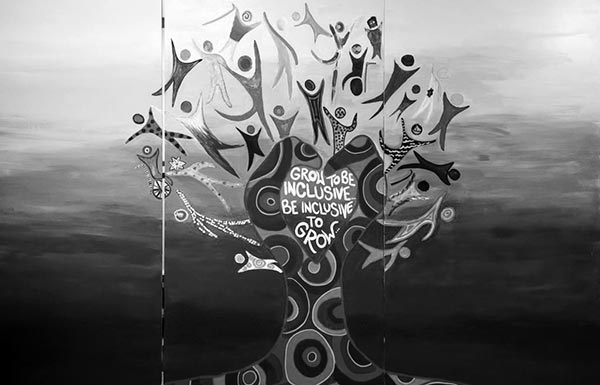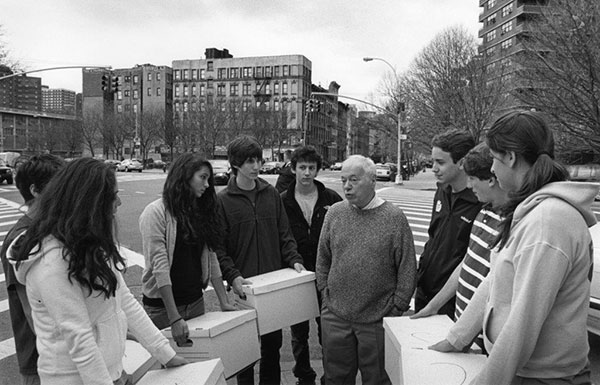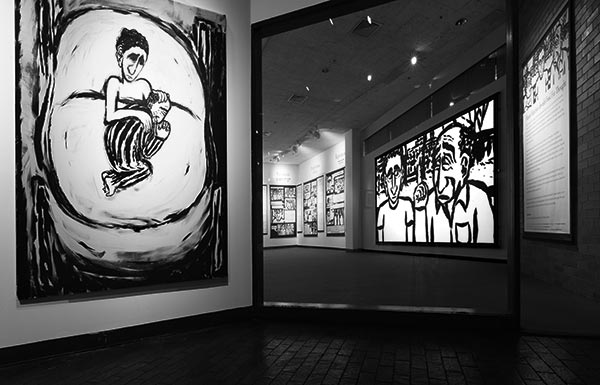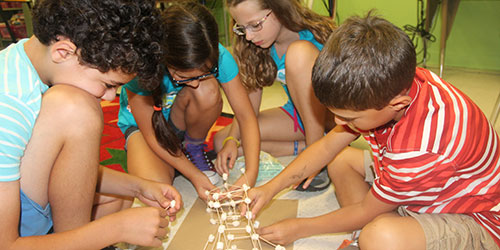
ARTICLE Tikkun By Design at JCDSRI
The 21st century classroom is changing. More and more schools have “maker spaces,” in which students can build, engineer and test the limits of their creativity. The acronym STEM, (science, technology, engineering and math education) has gained a foothold not just within the pedagogical lexicon of innovative schools but also in widespread practice. Across the country, teachers and administrators are taking steps to advance the learning spaces of their students and each school day brings a new opportunity to move platforms forward.
So where do Jewish Day Schools fit into this exciting wave of digital learning? One need not look any further than JCDSRI, the Jewish Community Day School of Rhode Island, for an excellent answer.
Since January 2014, JCDSRI has been in partnership with STEAM, a club whose members come from Brown University and the Rhode Island School of Design, with the intention of supplementing school pedagogy and teaching elementary school age kids how to collaborate and construct. In addition to a JCDSRI design lab where kids integrate building and creating into their education, students at this school also learn how to incorporate art and aesthetics into the engineering and technical projects typically associated with STEM learning. At JCDSRI, the project is called KinderSTEAM.
JCDSRI is a progressive school, notes Adam Tilove, Head of School, where the teacher is the “guide on the side, not the sage on the stage.” This approach to education, Tilove said, meshes very well with the interactive design mentality; both are “about having the highest respect for people even if they are really young. Kids are coming in, not as blank slates but as intelligent, thoughtful individuals who want to be successful. In other words, we are making different assumptions about what kids can do.”
“Design fits with our mission,” said Adam Tilove, Head of School at JCDSRI. “Makerspaces operate under the premise of, let’s start with making something. STEAM starts with the underlying subject matter. But with human centered design, we start with the human being and build from there. It fits with the Jewish mission, building upon our common humanity.”
As examples of the school’s design lab work, Tilove added, the youngest kids in school read a story about a bird, and then attempted to design nests and birdhouses in a way to support birds’ needs: “It’s responding to literature in an active way.”
Similarly, he said, two years ago, the design lab was used to re-create Noah’s Ark. “They read the dimensions and they built different versions of it… and it looked very different from what we’d imagined,” Tilove laughed. The students then took their cardboard prototypes to the local JCC pool and floated them off. Another time, the students read a mishnah about Hanukkah, and they discussed whether the hanukkiah should have eight candles or one big one. Then they staged a hanukkiyah “build-off.”
Students at JCDSRI have the opportunity to design things using simple circuitry, copper wire and LED lights, as well as to utilize more basic materials like cardboard, markers, paper and tape in creative ways.
The school’s involvement in the design movement came about as overflow from a casual business meeting. Tilove read about a young local designer, found him on Twitter and took him out to lunch. The designer came to class and had fun playing games with the students. Soon thereafter, Tilove said, he received an email from Brown University, saying, “something along the lines of, ‘I hear you’re doing great things – can we collaborate with you?’”
Now, each JCDSRI class has an opportunity each week to go into the design lab. The experience of having a makerspace as part of the curriculum, Tilove said, has been “universally positive.”
“Design thinking,” he added, has been a paradigm shift in the culture of his school: “We’re all more willing to collaborate and work with each other, and listen to each other. And that’s directly because of the design lab.”
‘Kids want to build,” he said. “Building is joyous. It’s amazing to see something that you created, even if it’s silly and sloppy. You created something out of nothing and there it is in three dimensions. It’s exciting.” And Design lab education, is accessible to any school, no matter what their financial situation may be. “You don’t need that much,” Tilove said. “You need time on the schedule. You need a teacher who can be present, and you need faith and trust in children and their innate creativity and imagination. You need cardboard.
“What kids want is to rip cardboard apart,” Tilove laughed. “Don’t overthink it and don’t overspend. You want kids to create and build? Give them stuff they can break and mess up.”
Tilove is currently working with Brown and RISD to develop a useable, portable curriculum to share with other schools who want in on the design lab phenomenon: “our own proprietary design thinking process.”
Their vision is tikkun by design, which suggests that design thinking is a version of tikkun olam. “We are using our human resources to think about the needs of others and make their lives better,” he explained.
“We are trying to really enrich the curriculum, and make it something to share with other schools,” Tilove said. “It’s not a super-easy process. But that’s our dream.”



